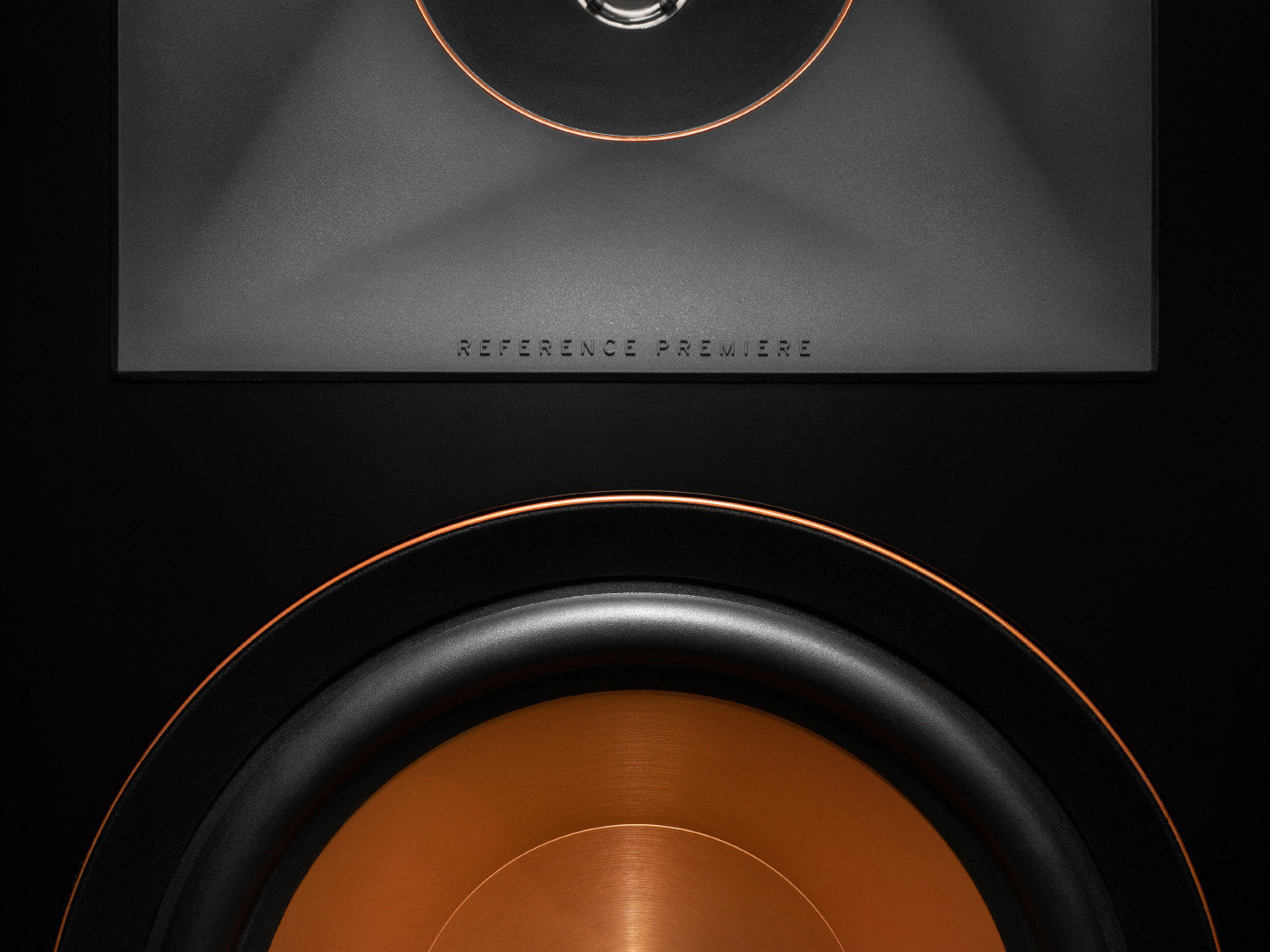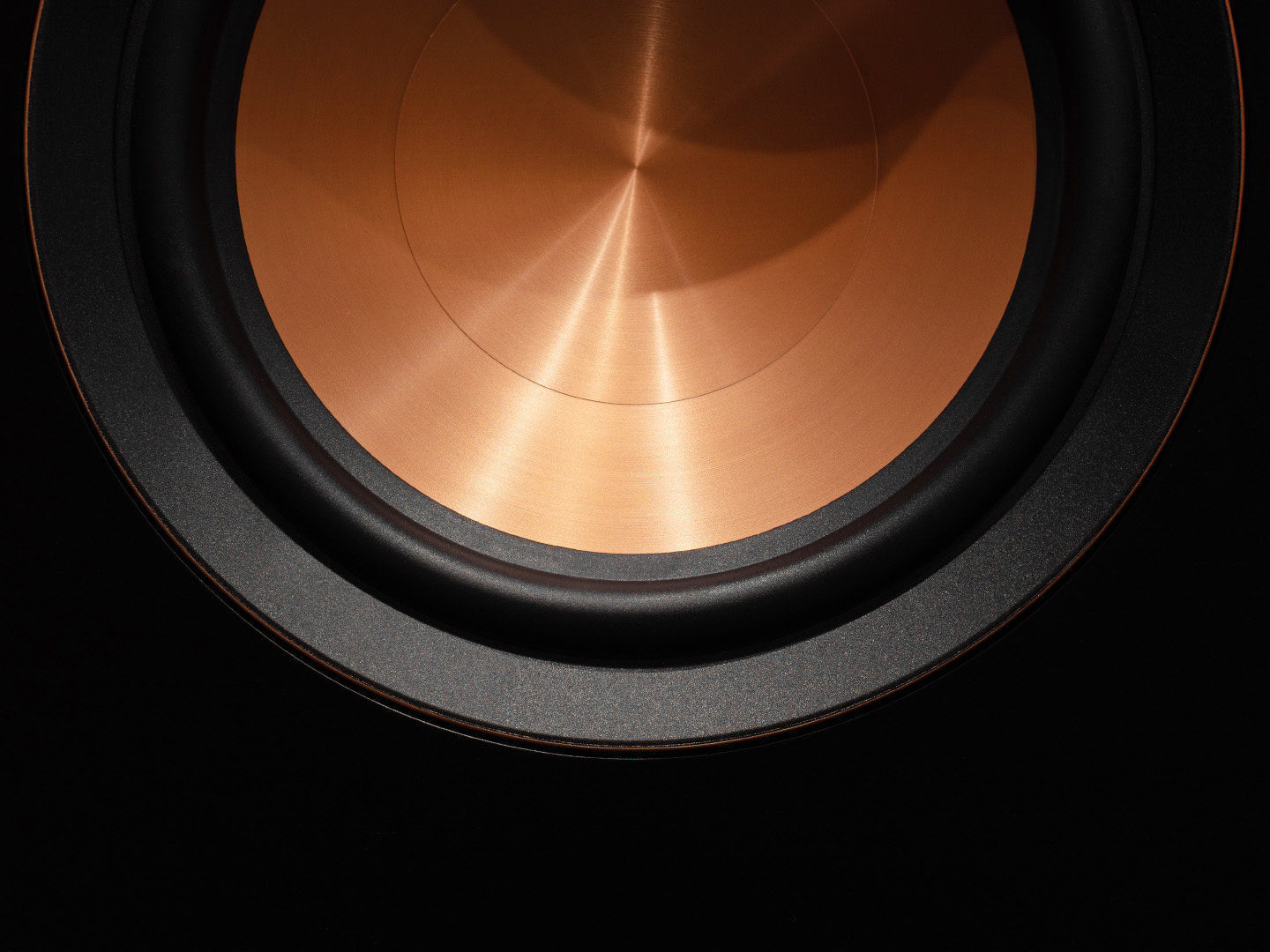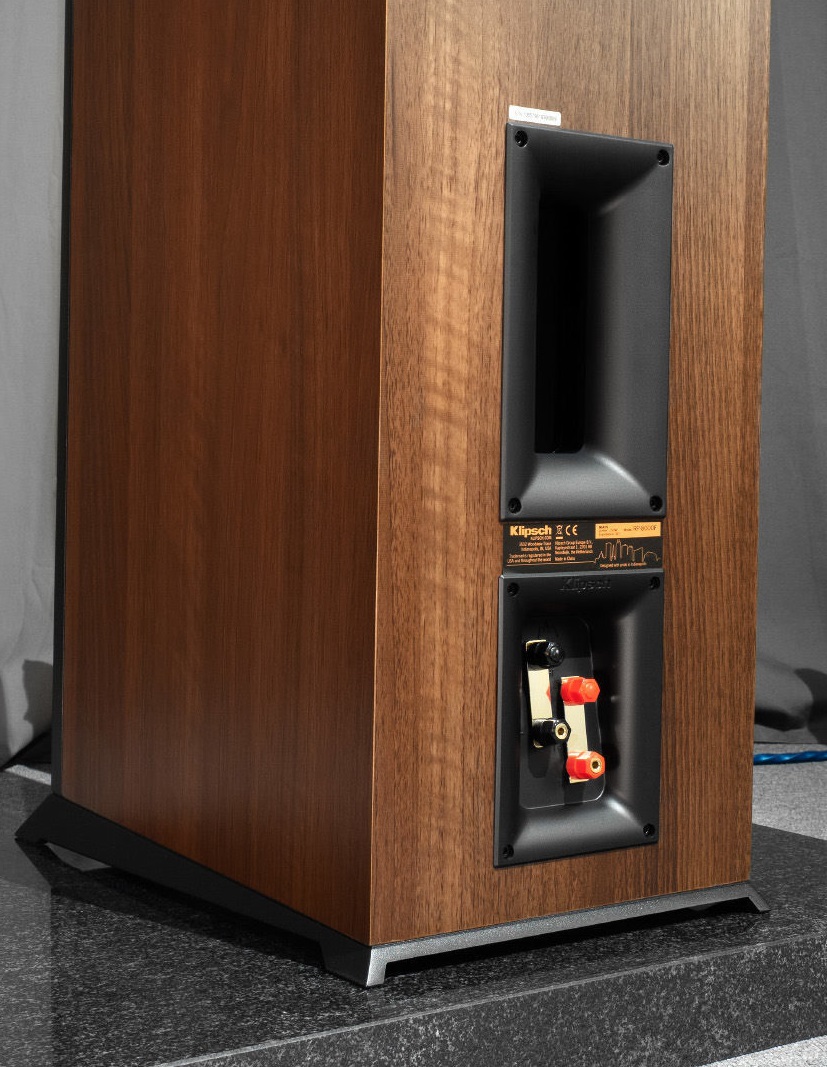Klipsch Reference Premier RP-8000F II review
There are not many hi-fi companies left in the world that have retained, so to speak, “dynastic purity.” This means that, firstly, they continue to produce what it all began with, secondly, they develop (at least) these products all in the same country and, thirdly, they are headed, if not by the founder, then his close relative, bearing the same surname that gave the name to the brand. Klipsch is just such a company, and next year it will be 75 years old. Considering this factor, it is completely unique.
And Klipsch is both preservation of tradition and innovation. The brand is associated with horns and eye-catching speaker diffusers in the signature “copper” color, which, by the way, can also be found in the finish of other company products - for example, in-ear headphones. And in its extensive assortment there are both retro models (including the very first - Klipschorn), and wireless speakers with voice control or sound bars.
However, the basis of the catalog is the extensive Reference family of speakers for home theater and stereo systems, which is divided into the Premier and Base series. A couple of years ago it was completely updated, and acquaintance with its latest version begins with the flagship model of the Premier Klipsch RP-8000F line.
These are floorstanding units of quite impressive dimensions (the depth of the cabinets is especially impressive), which are suitable for installation in a large room. With protective grilles, the speakers look like simple parallelepipeds, but if you remove them, the eye will have something to focus on.
First of all, of course, on the bright diffusers of the midrange/woofers, made of metal ceramics with a copper coating, as well as on the proprietary Tractrix hybrid horn located above them. It is a conical funnel in the inner part and a quadrangular truncated pyramid with smoothly curved edges in the outer part. This front section is made from injection molded silicone that is soft to the touch, dampening resonant vibrations and eliminating the resulting noise.
Three speakers - two stripes
In the center of the horn you can see the titanium dome of the proprietary one-inch compression tweeter with a carefully calculated phase equalizer covering it. It performs the function of a mechanical filter and allows you to optimize the amplitude-frequency response of the RF module.
This emitter is equipped with an effective magnetic system, and the proprietary LTS (Linear Travel Suspension) technology used in it ensures the piston movement of the dome over a wide frequency range. Its ventilated casing prevents standing waves from establishing behind the back of the membrane.
The horn design, which increases the efficiency of the tweeter, as well as the thoughtful design of the latter, made it possible to set the crossover tuning frequency at 1.75 kHz, and assign the middle and lower subranges to two identical 20-cm speakers without dividing the bands for them.
To support bass, a bass-reflex acoustic design with a rectangular port located on the rear panel is provided. The profile of its output bell is the same tractrix as that of the Tractrix horn, which in this case makes it possible to reduce the level of turbulent noise.
The Klipsch RP-8000F has a distinctive and recognizable appearance. At the same time, attention to detail and aesthetic accents is felt, which makes their design harmonious and attractive, despite the somewhat bulky nature of their cases.
Changeable character
In the listening room, quite suitable in size for the Klipsch RP-8000F, their partners in the audio path were the Lyngdorf CD-2 CD player and two integrated amplifiers: the Parasound HINT 6 and the hybrid Magnat RV-4 with a tube preamplifier. As it turns out, the sound character of these speakers is largely determined by the choice of amplifier.
With HINT 6, energy, bass delivery, dynamic range and rhythm come to the fore. Muse's Black Holes and Revelations sounds great. The speakers don't mind the stepwise increase in volume that is typical of the compositions on this disc, and you don't have to adjust it at the beginning so that you don't have to grab the remote control later to avoid distortion. They simply don’t exist - at least as long as your ears (and neighbors) can stand it.
Powerful rhythms are elastic, their bass foundation reveals previously unnoticed details. The musical stage is large-scale and well organized, low frequencies do not obscure the vocals, the soloist’s voice is articulated, expressive, his image is clearly focused. The arrangements of these songs contain a lot of interesting electronic effects, but in this case you don’t want to look at them, since emotions and drive take over.
The live recording on CD “Toute la musique” by Patricia Kaas takes the listener into a hall filled with people: the audience vigorously greets the first guitar riffs that fill the surrounding space, and then the singer herself. The weighty bass chills you to the bones - they also reveal a lot of new things.
The hoarse voice sounds lively and emotional: leisurely compositions in the style of a ballad or blues, and downright hard rock with powerful, sharp rhythms and a sharp attack are equally wonderful. Again, no volume limits except your own.
But the presentation of classical music was somewhat disappointing: restrained microdynamics, smooth highs, and a not entirely tonally balanced midrange had an effect.
“Requiem” by G. Verdi is very impressive in some moments. For example, “Dies Irae” really frightens with its suddenness and inevitability: the drums beat sharply and powerfully, the voices of the choir rush from side to side across the stage, the dynamic accents are placed precisely and expressively.
However, two female vocals singing in the octave of “Agnus Dei,” although quite distinct, do not form the necessary harmonic unity. In addition, the soprano has more details - and this soloist can be heard better than the mezzo-soprano.
Everything changed dramatically after connecting the RP-8000F to the Magnat RV-4 amplifier. It was as if these Klipschs had met an old friend - after all, the horn design of the speakers in the years when the company was formed made it possible for low-power tube amplifiers to drive speakers reliably. The RV-4, with its 110W into 8 ohms, hardly needs such support, but the tubes in its input stage clearly appealed to these speakers.
The sound acquired the sophistication that it lacked. Microdynamics have improved significantly, as has the focus and organization of the music scene. The tops acquired a subtle outline and roundness; the middle also became more detailed and expressive. Changes in dynamics have become subtler, more nuances have appeared. These metamorphoses had the most positive impact on the performance of “Requiem”: it became both informative and pleasing to the ear.
An increase in sound quality in these areas was noted on all previously listened material - it is worth noting that the bass remained the same deep, but added texture. In the recording of Bizet-Shchedrin’s Carmen Suite, which was very sensitive to the accuracy of reproduction, everything fell into place: the strings acquired euphony and naturalness, the percussion gained variety and recognition, the stage became spacious and airy.
The subtle rendering also benefited Muse's compositions - they did not lose their drive, but thanks to increased detail they became more interesting. However, the dynamics became less explosive and easy-going, and distortion sometimes slipped through at very high volumes.
Conclusion
The Klipsch RP-8000F is perfect for filling a large room with music. They can play loudly, energetically, rhythmically, and are endowed with a deep, weighty bass.
They also have very high sensitivity, which makes it easier to choose the right amplifier for them. It should be borne in mind that it can significantly affect the sound character of the speakers and even determine their genre preferences.
We can assume that with tube models the RP-8000F will be less loud, but more refined and detailed. The more interesting it will be to find a suitable partner for them, taking into account their own tastes and genre preferences.
Pross: powerful dynamics, rapid attack, rhythm, deep weighty bass, large-scale stage, memorable appearance.
Cons: require careful selection of an amplifier.
Specificatoins
Design: two-way bass reflex floor-standing speakers
Sensitivity: 98 dB
Frequency range: 32 Hz - 25 kHz
Maximum power: 150 W (up to 600 W short-term)
Impedance: 8 Ohm
Dimensions: 28x109.5x45 cm
Weight: 27.2 kg










0 Comments